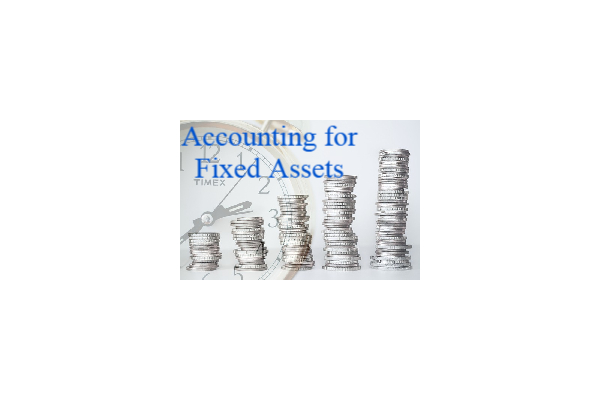Contents
Meaning of Accounting for Fixed Assets
Accounting for Fixed Assets means long-term palpable pieces of property that an establishment owns and uses in its operations to induce income. They aren’t anticipated to be consumed or converted into cash within a time. Exemplifications of fixed means include land, structures, ministry, and vehicles.
Introduction of Accounting for Fixed Assets
“It refers to the process of recording and reporting the acquisition, depreciation, and disposal of long-term tangible assets in a company’s financial statements. It involves various accounting techniques and principles to ensure an accurate and transparent representation of these assets on the company’s books.
“It is a crucial aspect of financial management for businesses. In this comprehensive guide, we will explore the key principles and techniques involved in accurately recording and reporting long-term tangible assets, ensuring transparency and compliance.”
Understanding the Importance of Accounting for Fixed Assets in Business
The importance of accounting for fixed assets lies in its ability to provide accurate and transparent financial information about a company’s long-term tangible assets.
1. Accurate financial reporting:
Proper accounting for fixed assets ensures that a company’s financial statements provide a true and fair view of its financial position. By recording these assets at their original cost and depreciating them over their useful lives, businesses can accurately represent their value and avoid misstating their net worth.
2. Compliance with accounting standards:
It ensures compliance with relevant accounting standards and regulations. It helps companies adhere to guidelines such as the Generally Accepted Accounting Principles (GAAP) or International Financial Reporting Standards (IFRS), enhancing transparency and credibility in financial reporting.
3. Effective decision-making:
A comprehensive fixed asset accounting system provides businesses with valuable insights into their asset base. Accurate and up-to-date information about asset values, depreciation, and maintenance costs aids in strategic decision-making, including budgeting, resource allocation, and long-term planning.
Recording of Accounting for Fixed Assets
1. Acquisition and capitalization: T
The accounting process begins with recording the acquisition of fixed assets. This includes identifying the asset, determining its cost, allocating costs to relevant accounts, and capitalizing the asset on the balance sheet. Proper documentation and supporting evidence are crucial during this stage.
2. Depreciation and amortization:
Fixed assets gradually lose value over time due to wear and tear, technological obsolescence, or limited useful lives. Depreciation and amortization methods, such as straight-line, declining balance, or units of production, help allocate the cost of assets over their useful lives. By accurately calculating and recording depreciation expenses, businesses can reflect the asset’s decreasing value in their financial statements.
Disposal and Retirement of Accounting for Fixed Assets
1. Asset disposal:
When fixed assets are no longer needed or become obsolete, they are disposed of or sold. Accounting for asset disposal involves adjusting the asset’s book value, recognizing any gains or losses on the sale, and removing it from the balance sheet. Proper documentation of the disposal process ensures transparency and compliance.
2. Retirement and impairment:
In certain cases, fixed assets may be retired before their expected useful lives due to factors like damage or technological advancements. The accounting treatment involves recognizing any impairment loss and removing the asset from the books. Accurate accounting for retirement and impairment helps businesses reflect the true value of their asset base.

Leave a Reply